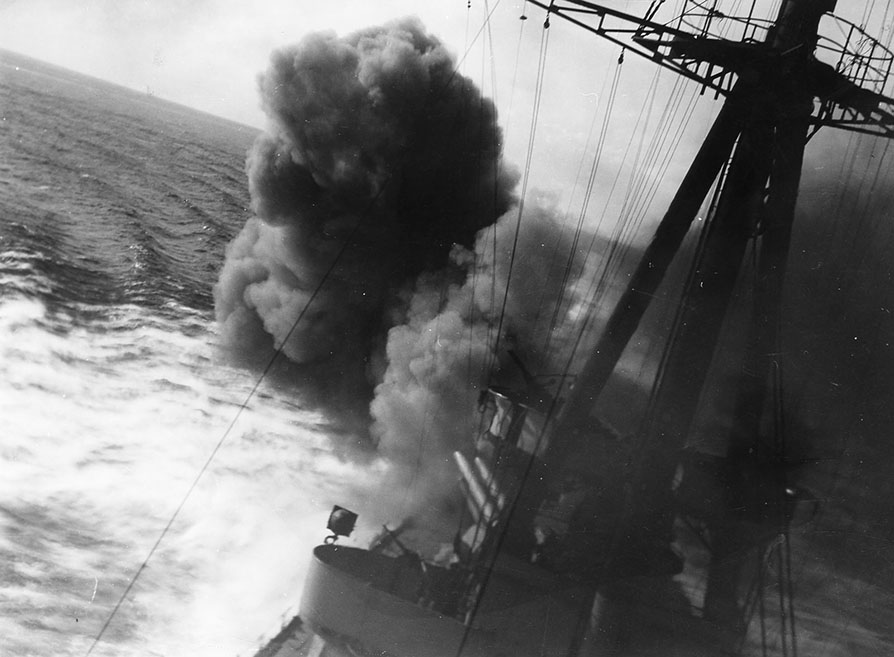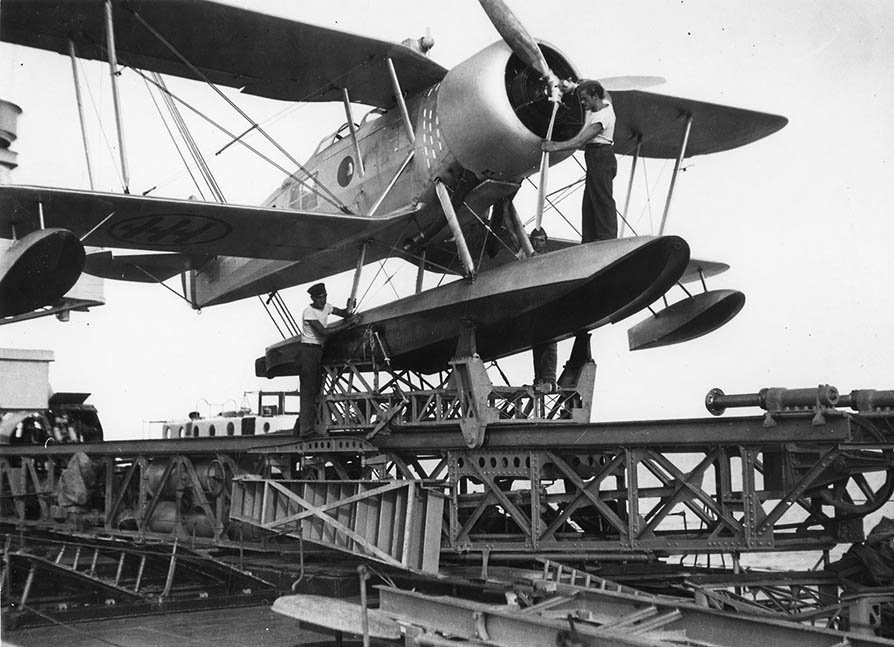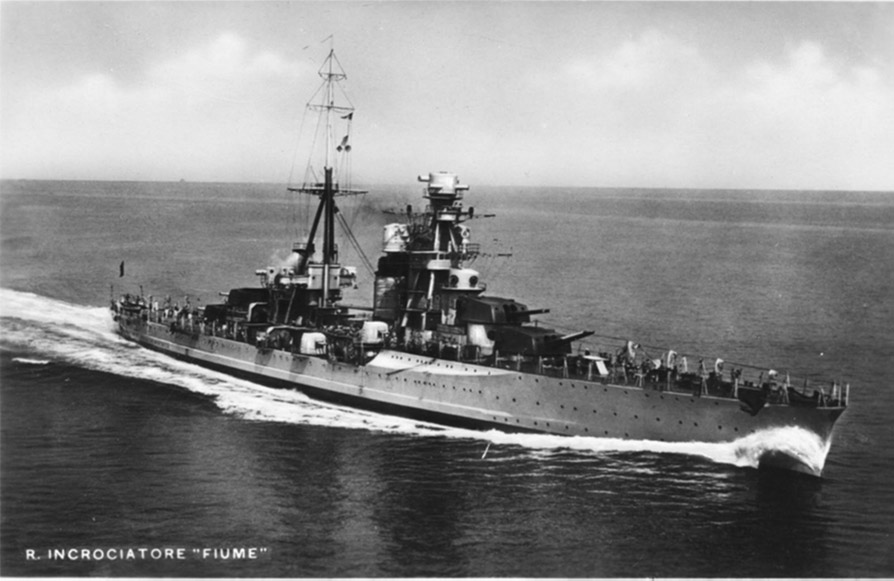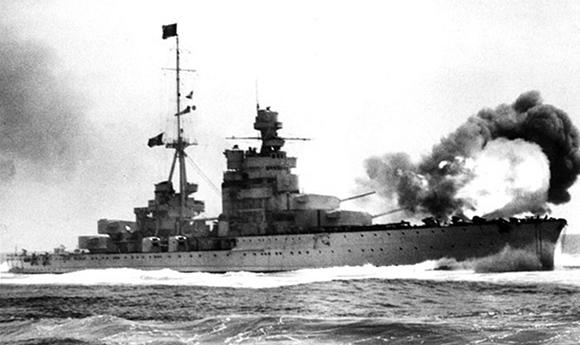The battle, also known as Capo Spartivento, represents one of the first Italian responses to the "Taranto night" of the previous 11 November.
Already on November 17, the Italian Naval Team, led by the Battle of Vittorio Veneto and Julius Caesar, had caused the failure of an English supply operation of the island of Malta, forcing an opposing naval formation consisting of two aircraft carriers a Battle Cruiser, causing, among other things, the loss of exhaustion of 9 fuel British prematurely launched aircraft.
The action of Capo Teulada originates from the subsequent British attempt to supply Malta, with the use of a large array of forces including an aircraft carrier, two battleships, seven cruisers and twelve escort units. Once again the Italian squad takes to the sea to intercept the enemy convoy, which is sighted at 09:45 on November 27 by a reconnaissance launched by the cruiser Bolzano. In addition to Vittorio Veneto and Giulio Cesare, the heavy cruisers Bolzano, Fiume, Gorizia, Pola, Trento and Trieste are present at sea, escorted by 14 destroyers.
The clash, which began at 12:22, is resolved in a pursuit action in which the national heavy cruisers, superior in speed and firepower, engage their corresponding opponents by shooting from 23.500 meters and scoring 2 bullets from 203 mm on the heavy cruiser Berwick which has a tower out of order and a fire on board that takes over an hour to put out; the cruiser Manchester is also damaged, albeit less severely. On the Italian side, the destroyer Lancer returns to base after having collected 3 152 mm bullets, without suffering any casualties on board.
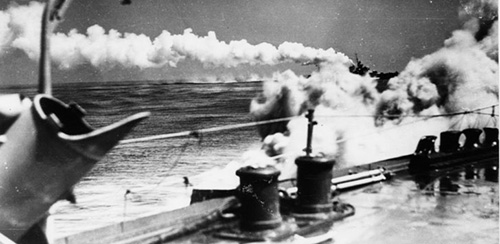 The British attempt to save the day by tightening distances with the major units is frustrated by the intervention of the big players of Vittorio Veneto who pull seven holes, from 27.000 meters, to the opponent cruisers. The fourth saves the British ships, already perfectly framed, emit smoke and break the contact.
The British attempt to save the day by tightening distances with the major units is frustrated by the intervention of the big players of Vittorio Veneto who pull seven holes, from 27.000 meters, to the opponent cruisers. The fourth saves the British ships, already perfectly framed, emit smoke and break the contact.
The battle of Capo Teulada, even if concluded without a clear prevalence, demonstrates how the "Taranto night" did not affect the ability of the Royal Navy to ensure control of the central Mediterranean. It also highlights the fact that the British fleet, even at its most favorable moment, refused a fight on equal footing with the Italian Navy.
An interesting notation: the exceptional shots collected by the Italian cameramen during the action were used for the realization of the beautiful film "La Nave Bianca", produced by the Navy Cinematographic Center with the collaboration, as assistant director, of a young Roberto Rossellini. The film, hugely successful in Italian cinemas, can be fully considered the first act of neorealist cinema.
